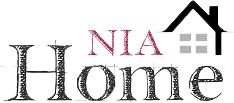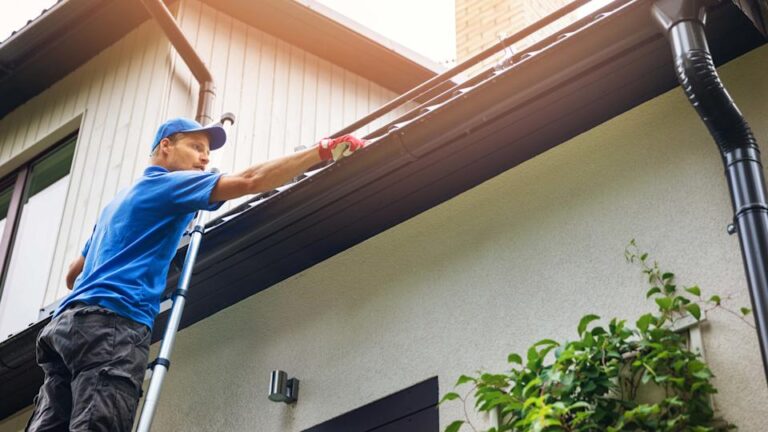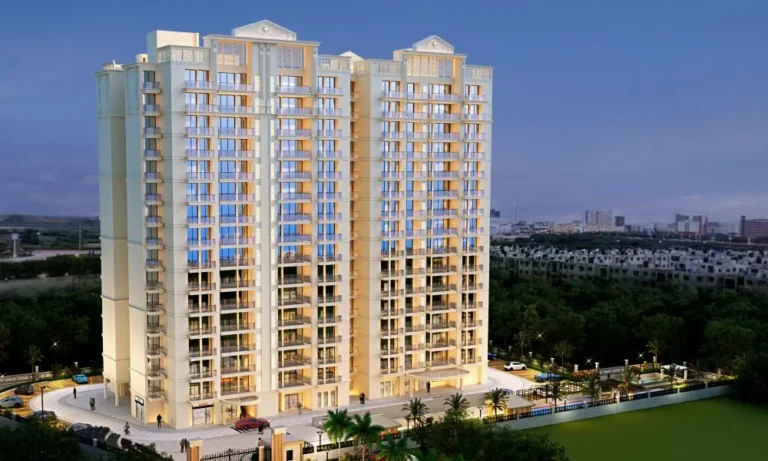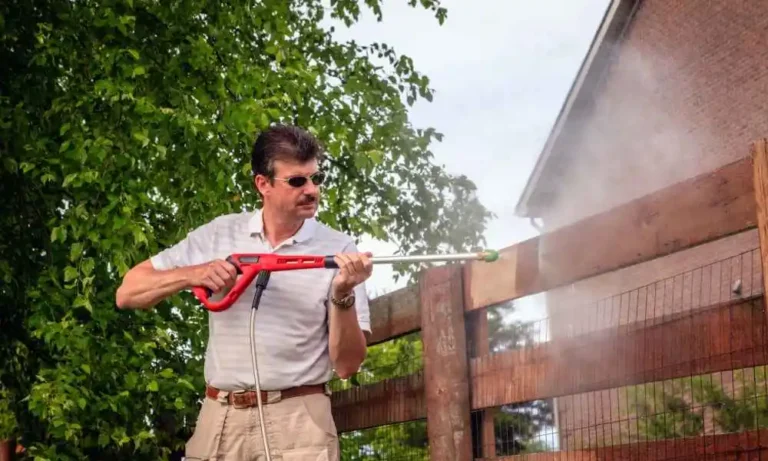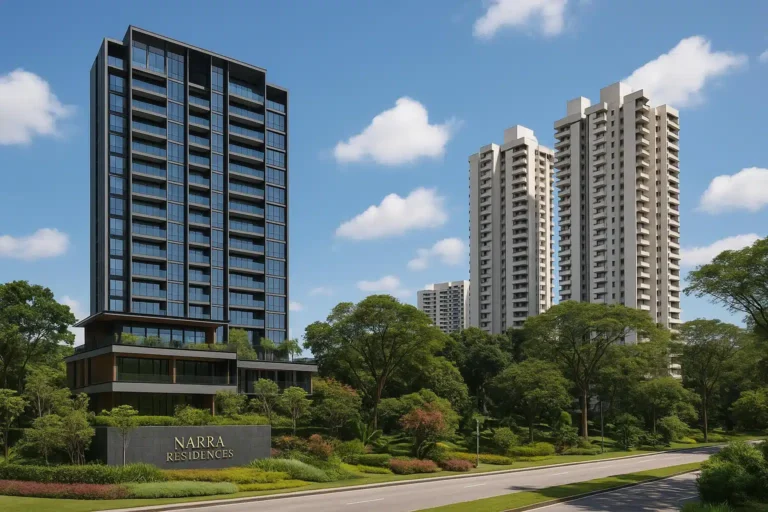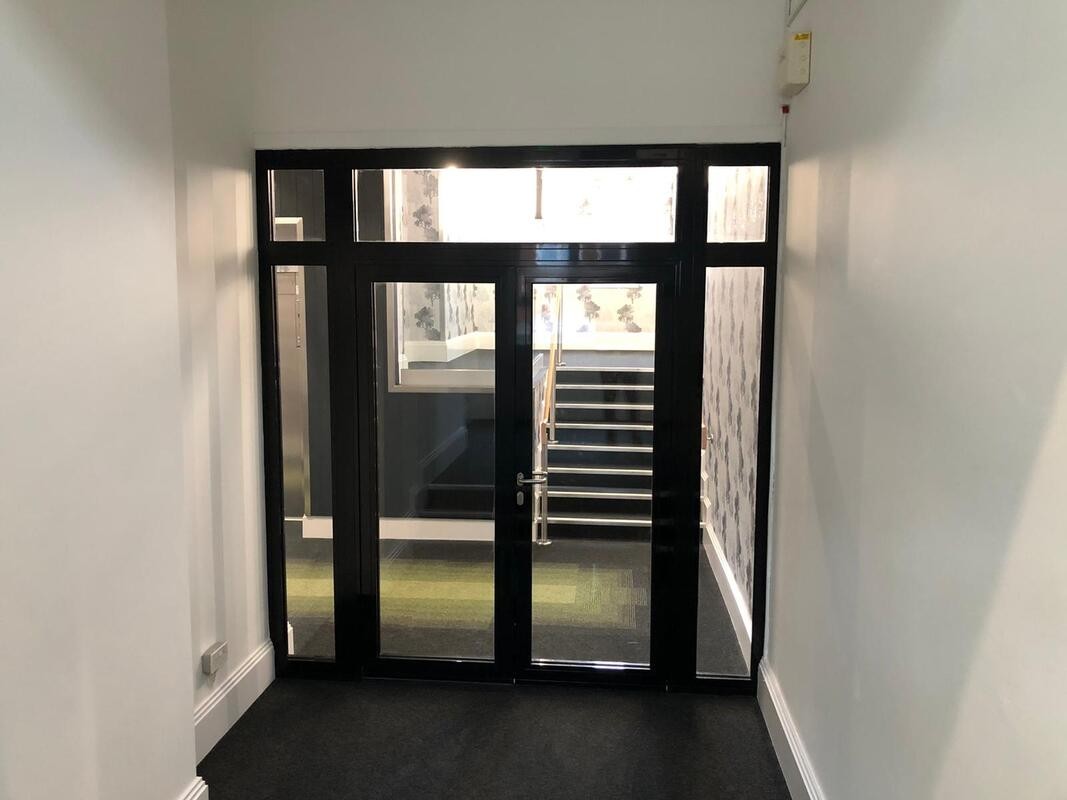
Recently, authorities, residents, and real estate developers have prioritized fire-rated doors for building safety. Safety standards and fire awareness have made fire-rated doors more important in homes and businesses. Specialized doors prevent smoke and fire damage, protecting lives and structures. This article analyses fire-rated doors’ features, design, and legal support to explain their popularity. So here’s why Why Fire-Rated Doors Matter.
The Rising Need for Fire Safety in Modern Buildings
City building complexity and density are rising. High-story buildings, office complexes, and commercial complexes increase fire risks. A poorly managed fire in a structure with a large population or transportation could be disastrous. Fire-rated doors limit smoke and flames, giving residents time to escape. This dramatically enhances fire management. Modern buildings use more fire-rated doors for safety and security.
Understanding Fire-Rated Doors: What Sets Them Apart
Fire-rated doors stop fires for a defined time with heat-resistant materials. For how long they can withstand direct fire exposure before failing, these doors are evaluated in minutes or hours. Fire-rated doors are made of steel, gypsum, or another heat-resistant material with fire-resistant glass and intumescent seals that expand to fill holes in hot weather. These particular doors are sturdy and effective in difficult environments.
Protecting Lives: The Role of Fire-Rated Doors in Emergency Situations
Fireproof doors save lives. These fire doors effectively separate smoke and fire containment areas. This confinement lowers smoke inhalation, the major cause of fire deaths, and gives residents more time to escape. Fire-rated doors split the building, simplifying escape routes for emergency responders. Fireproof doors improve emergency results and save lives.
Limiting Property Damage and Financial Loss
Fire-rated doors reduce property damage, death, and financial loss. Fires can quickly damage buildings, furnishings, and interiors. Fire-rated doors contain fires, decreasing property damage and maintenance costs. Commercial enterprises that risk technology, sensitive data, and pricey assets need this containment. Fire-rated doors reduce danger, therefore insurance companies lower premiums.
Improved Aesthetic Options for Modern Buildings
No longer are fire-rated doors huge or unsightly. Design and production developments have made fire-rated doors available in different materials, coatings, and forms to match modern architecture. Fireproof doors can now compliment hotel, corporate, and apartment decor. Because they can match a variety of home designs, whether they have a solid wooden finish or a minimalist glass design, designers and architects who want both utility and aesthetic appeal like these doors.
Future Trends: Integration of Smart Technology with Fire-Rated Doors
Smart technology enhances fire-rated doors’ performance and versatility. Modern fire-rated doors contain sensors and control systems that integrate with a building’s fire detection system to close automatically. Smart fire-rated doors may be remotely monitored and controlled by building management in real time. Technical developments should make fire-rated doors more effective, making them a better investment for real estate developers future-proofing their properties.
Conclusion
Fire-rated doors are becoming more important because of their superior safety, property, and regulatory compliance. Fire-rated doors will become typical in residential and commercial buildings as building safety laws change and fire awareness develops. Their emergency preparation, aesthetic versatility, and link to modern technologies make them essential to fire protection. Building owners and developers value safety, resilience, and accountability by buying fire-rated doors. This investment boosts property value and safety.
